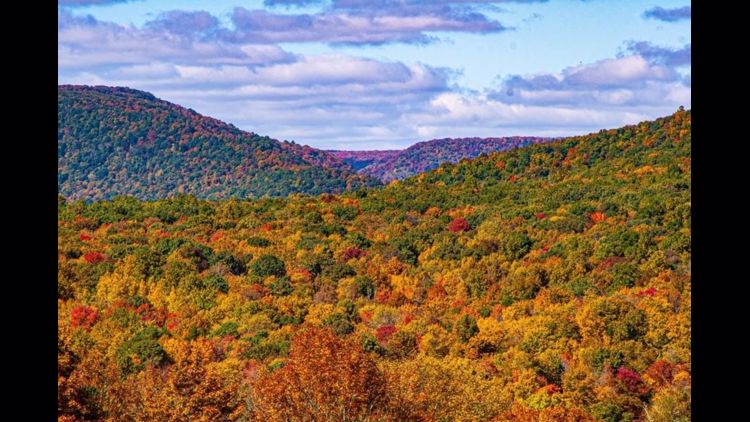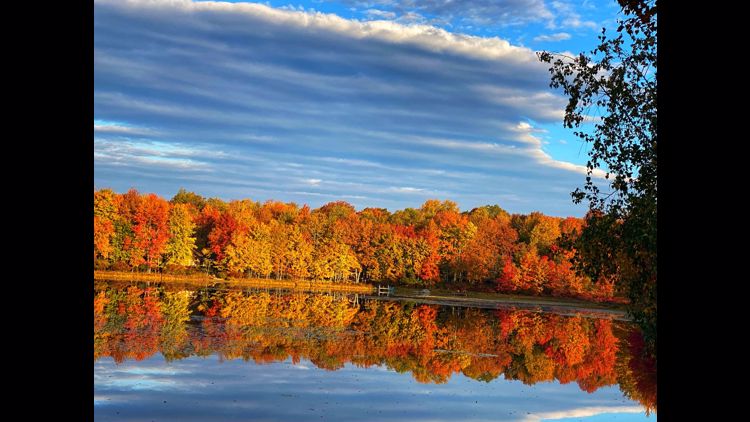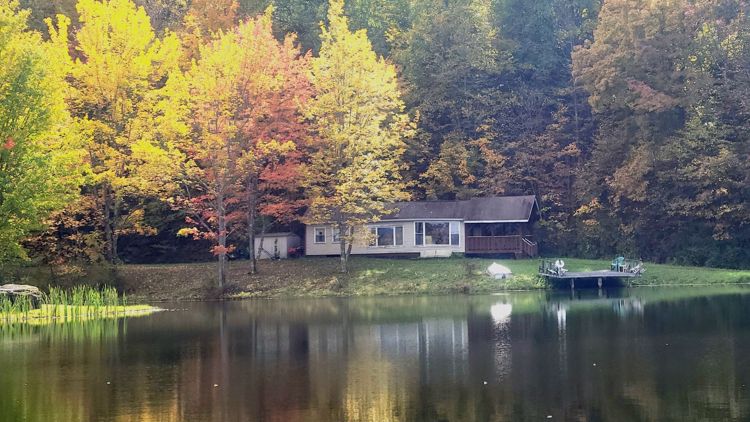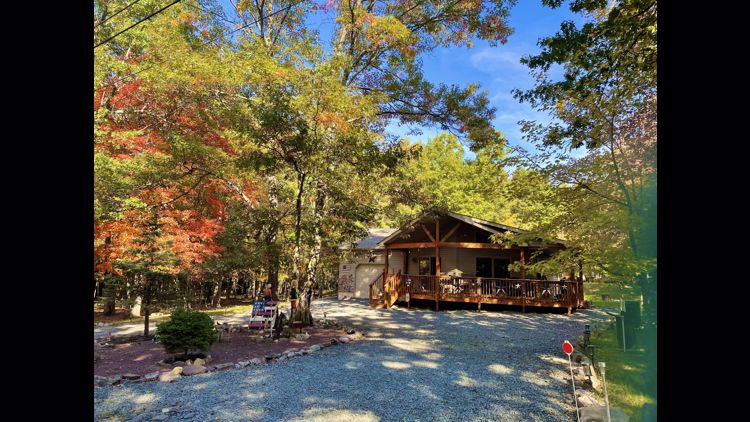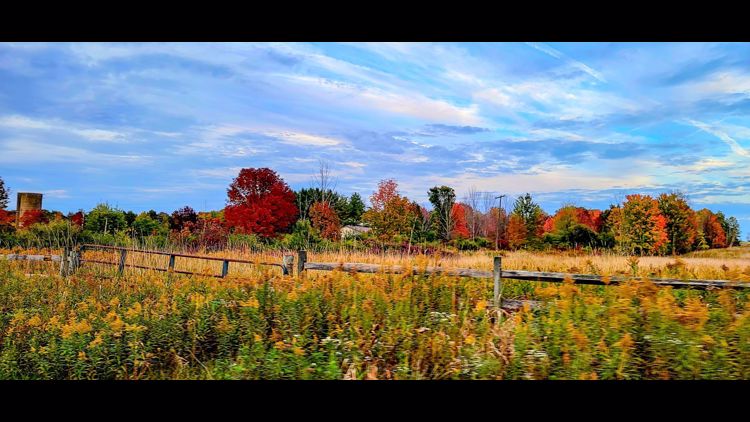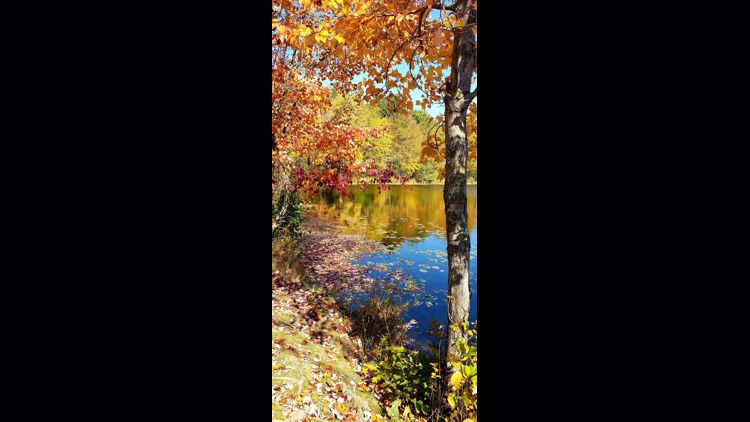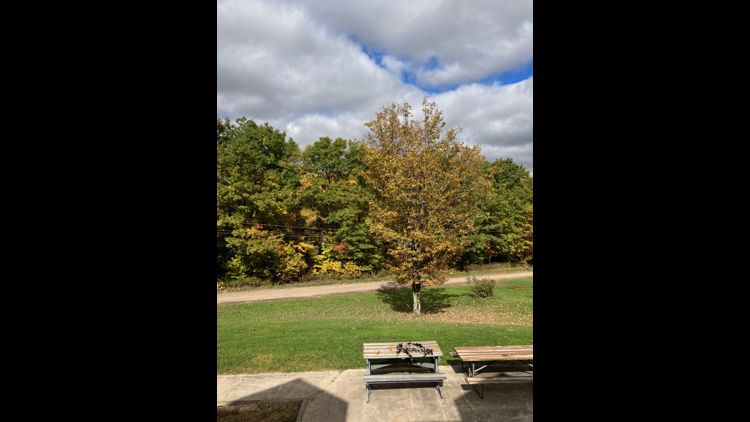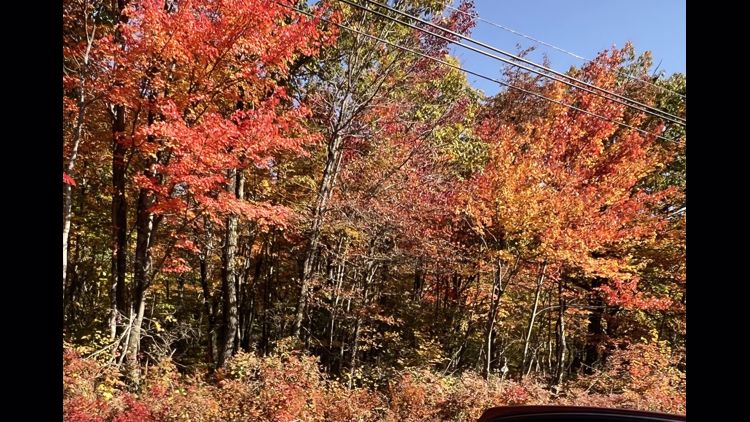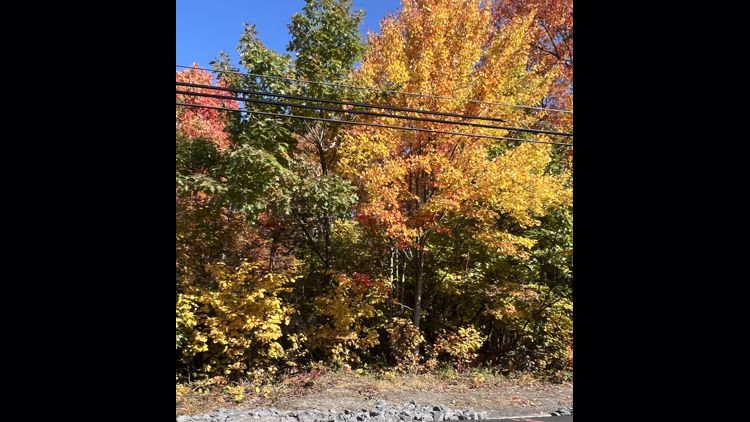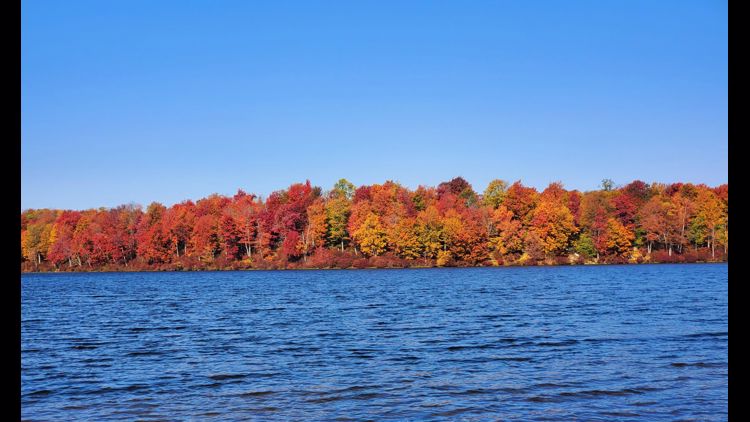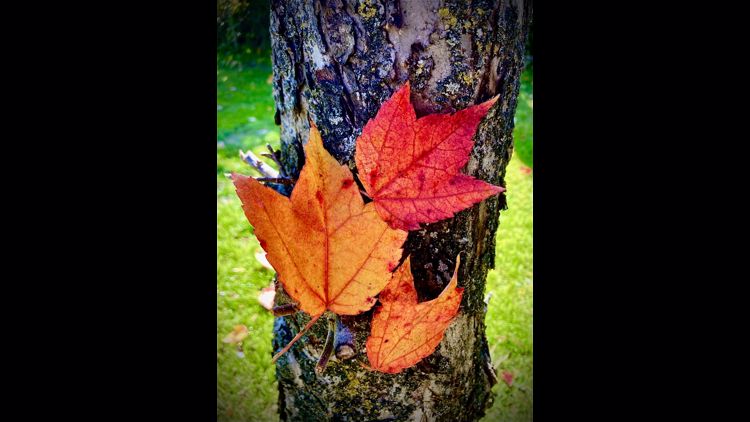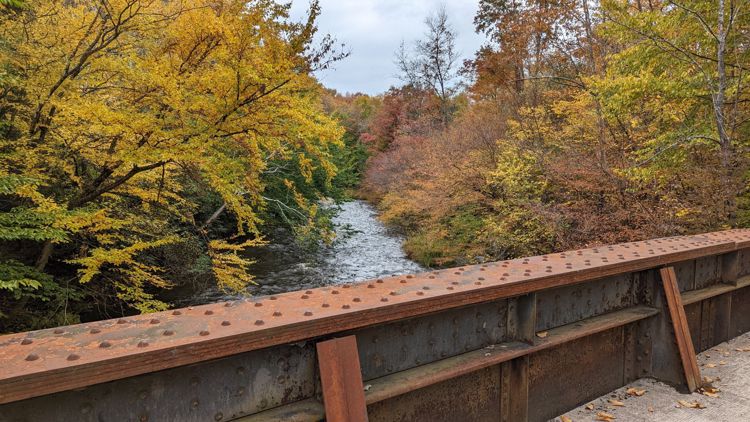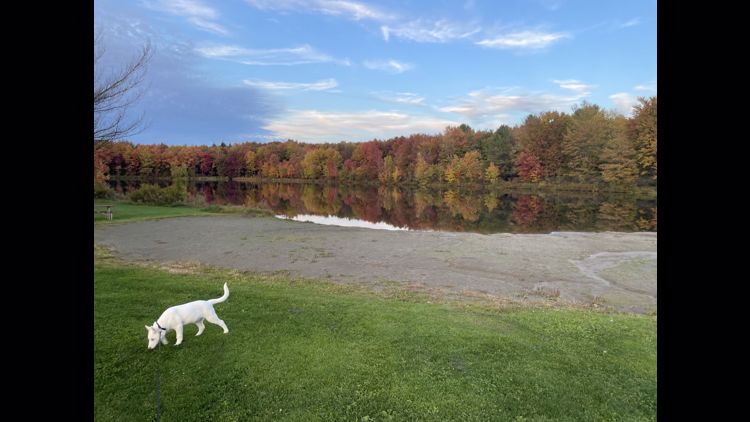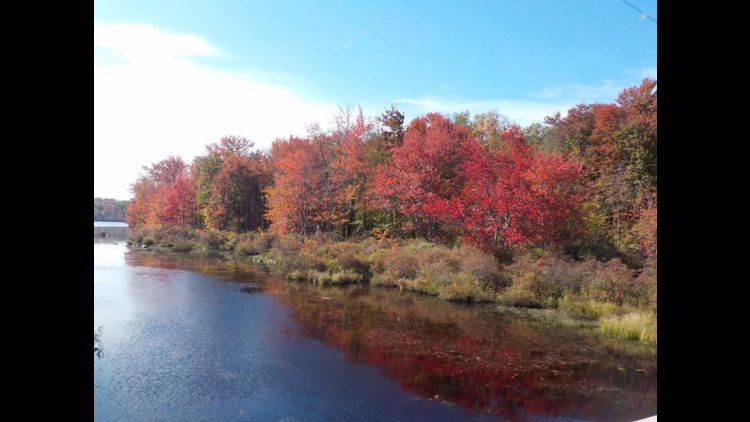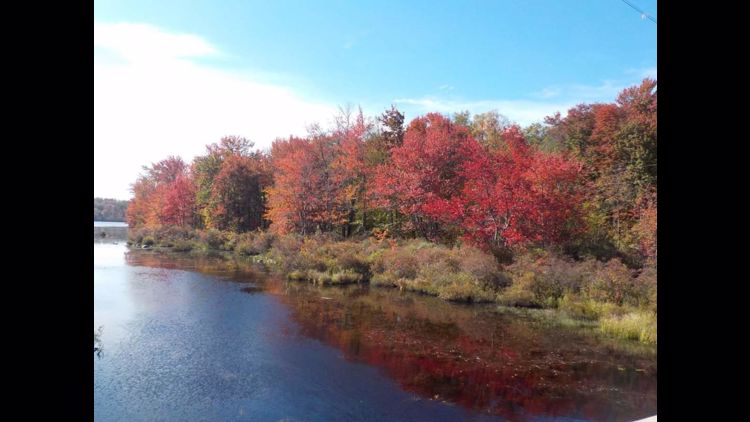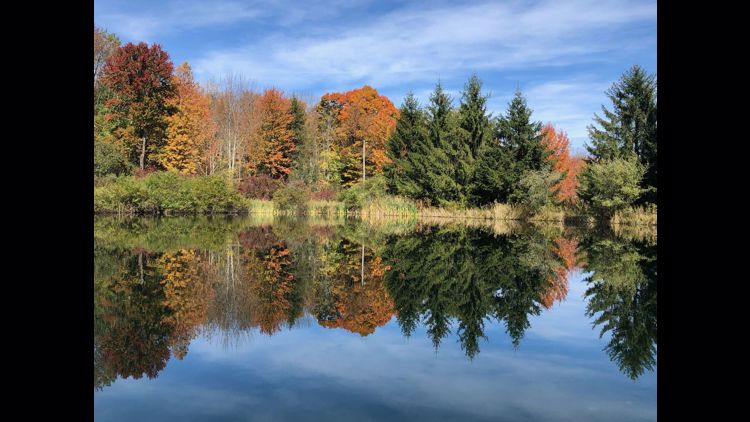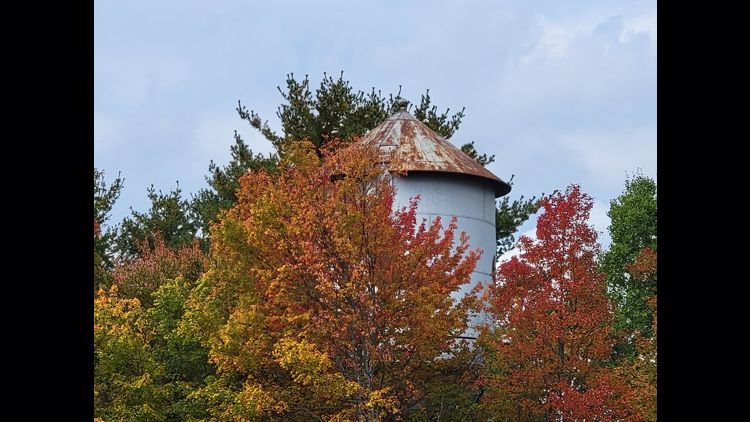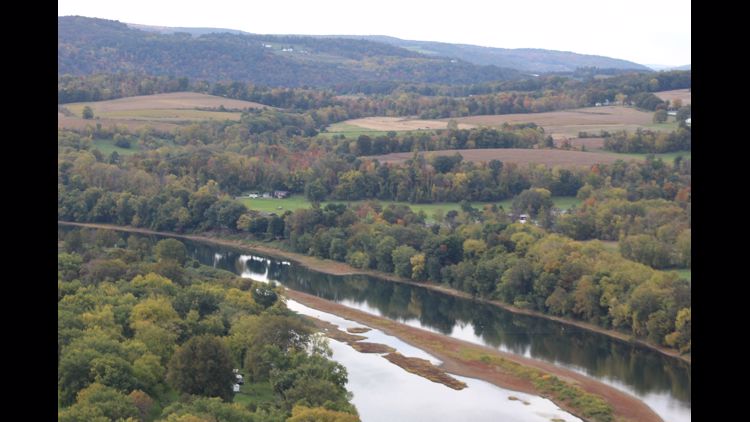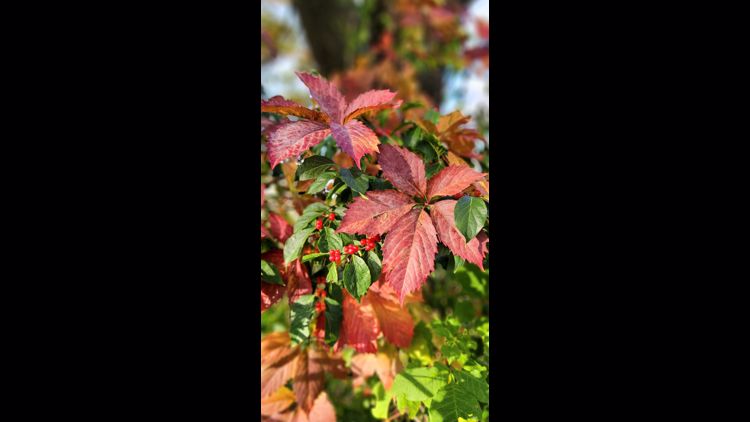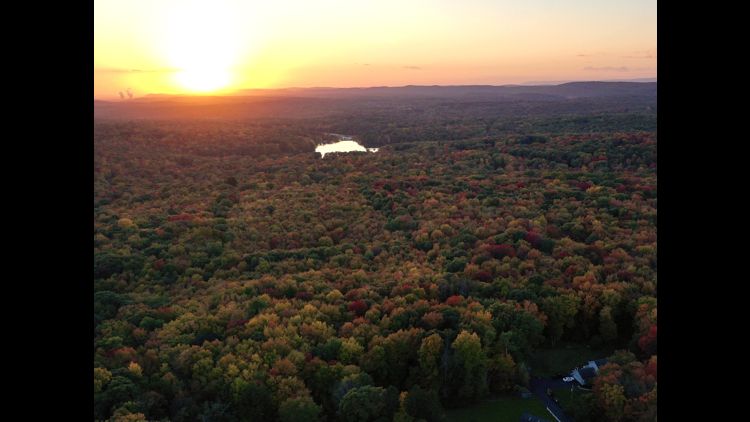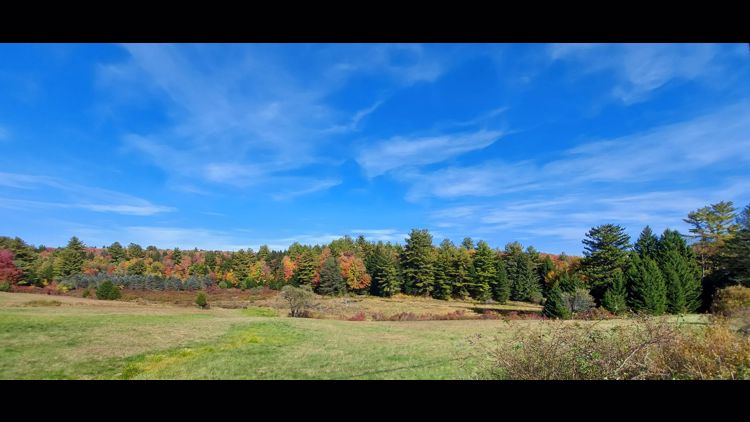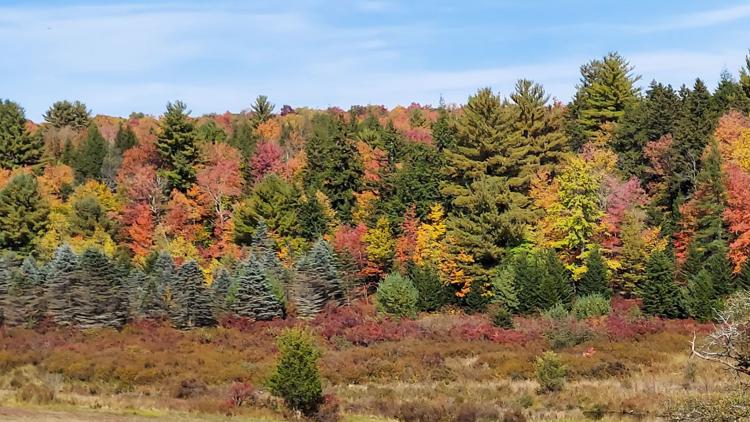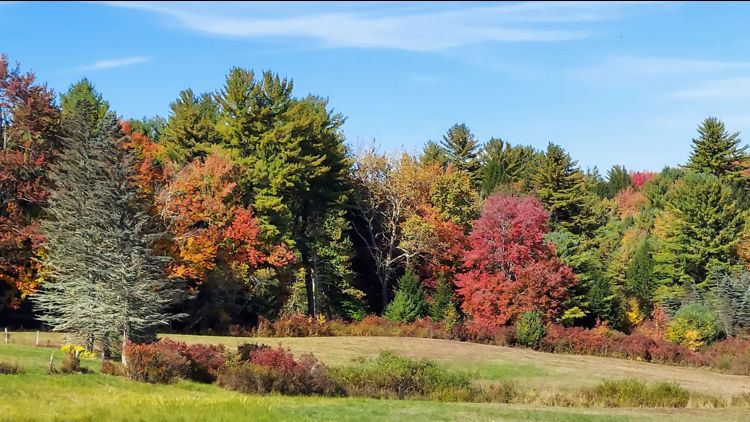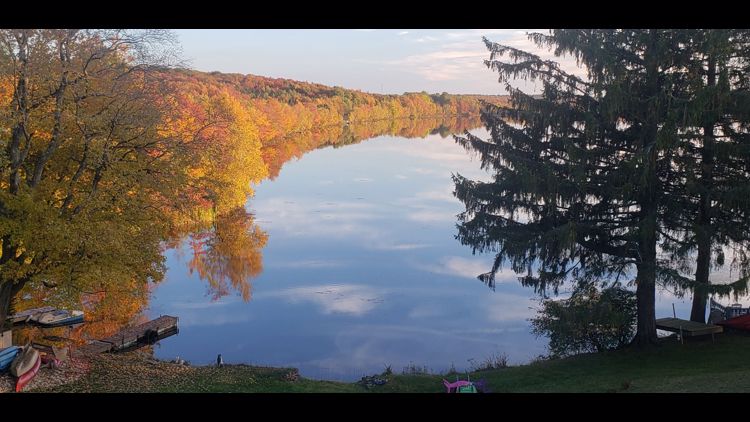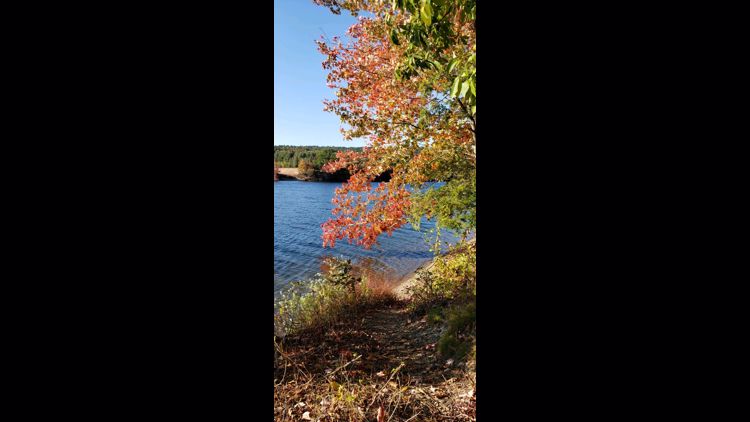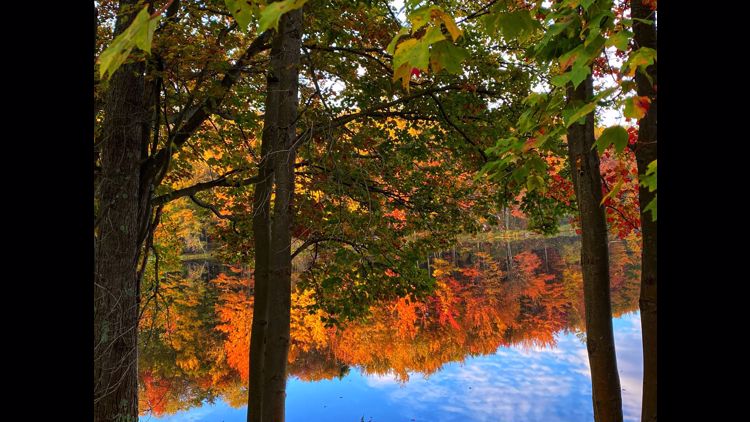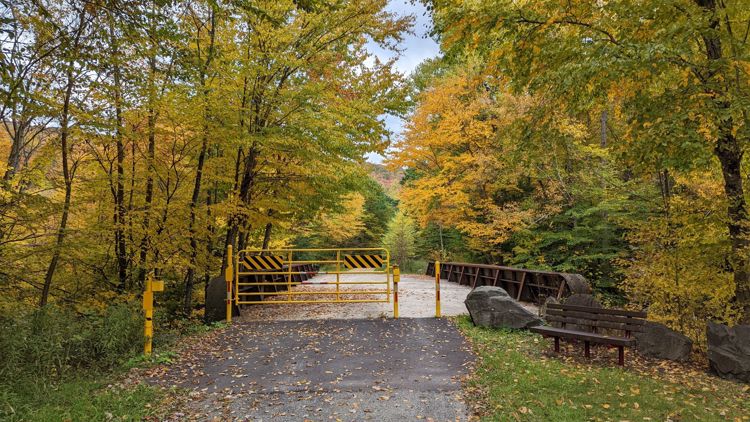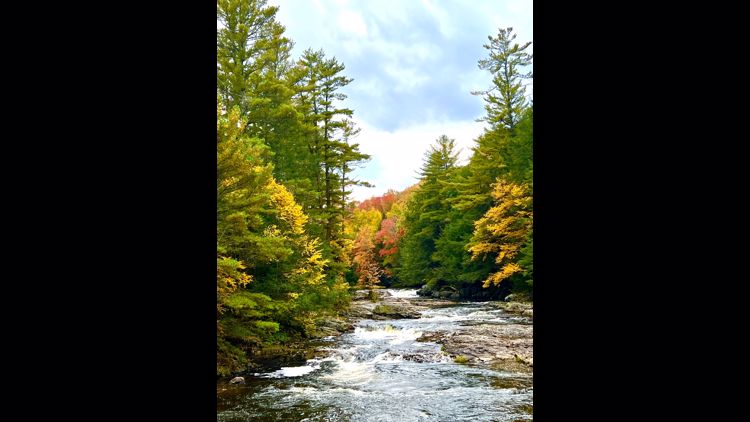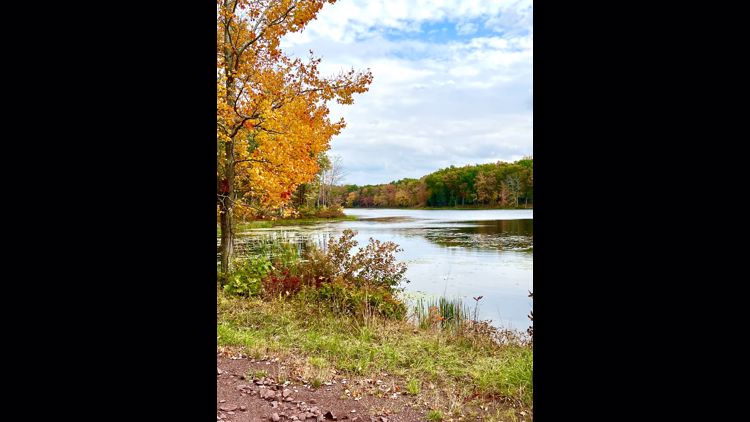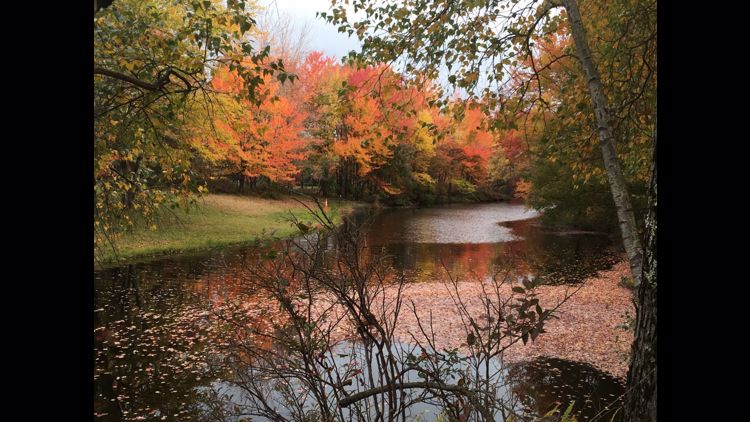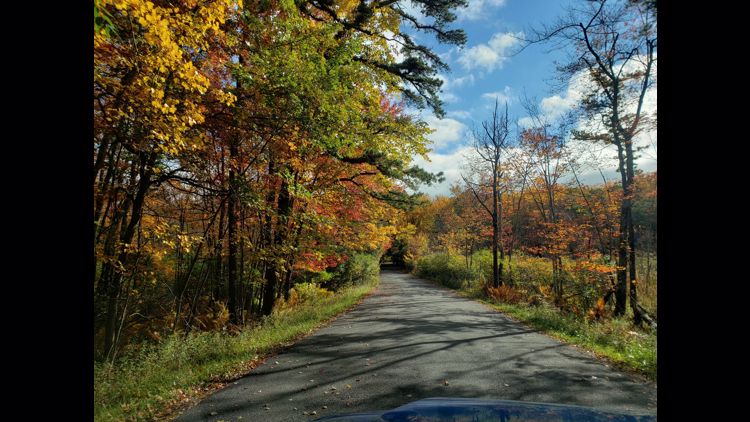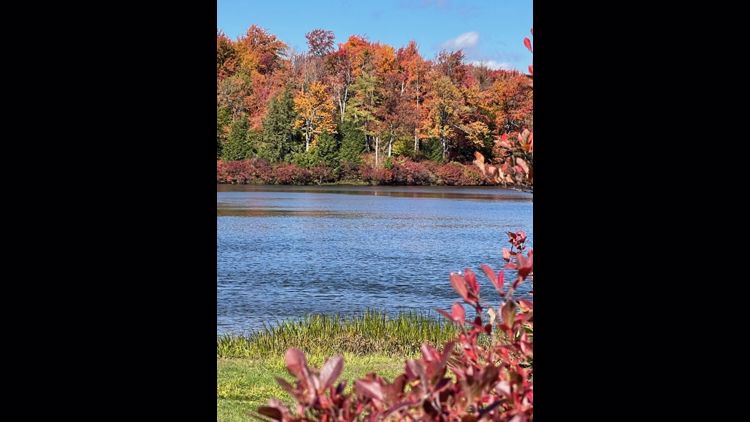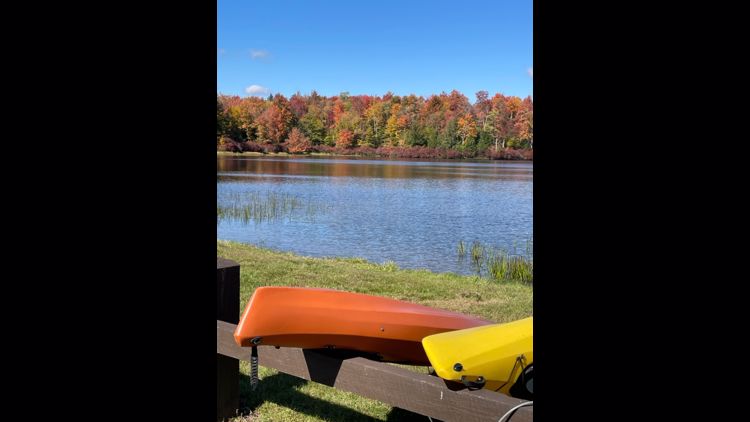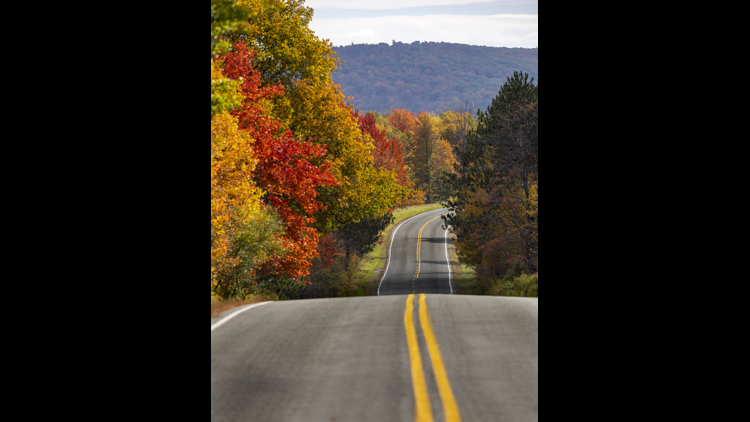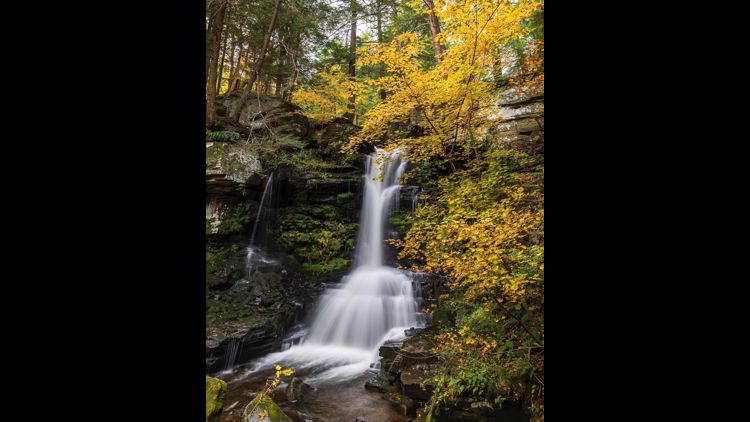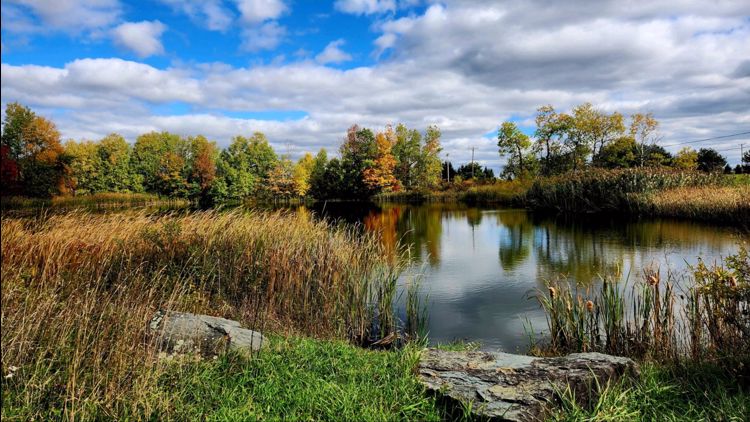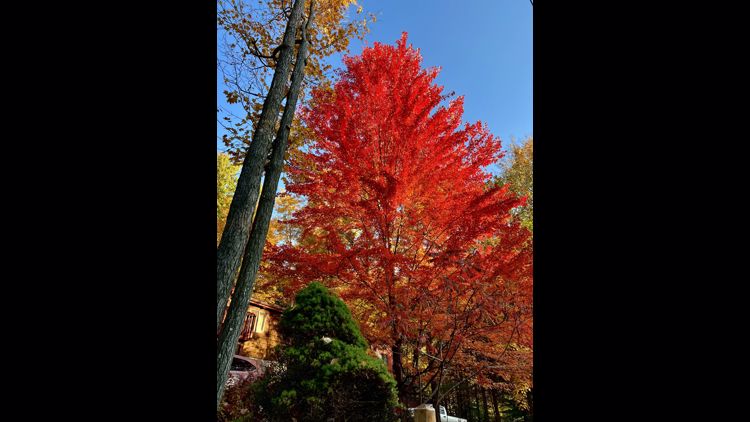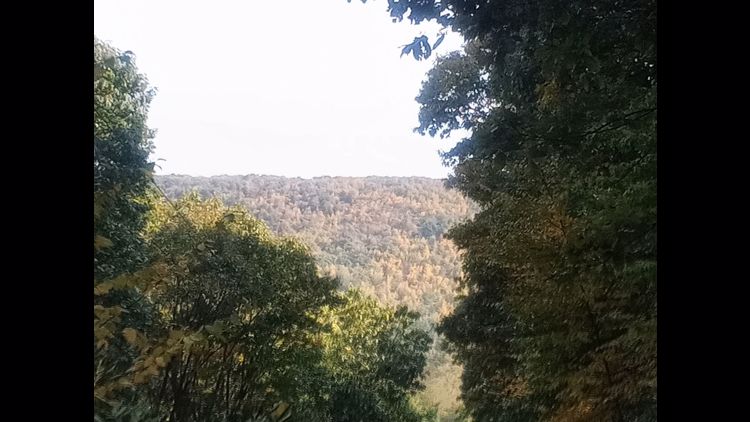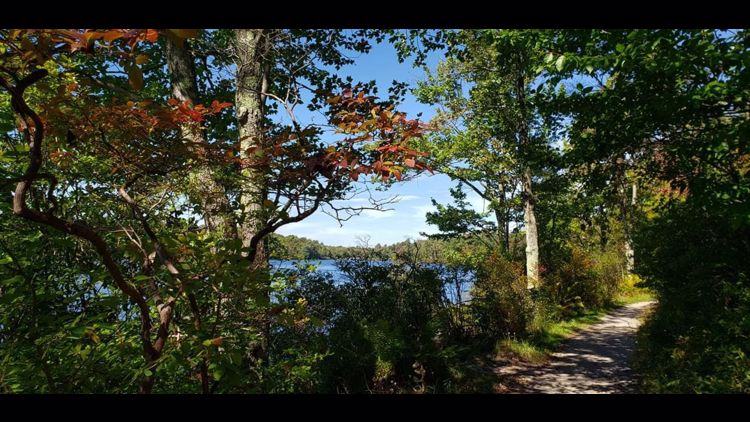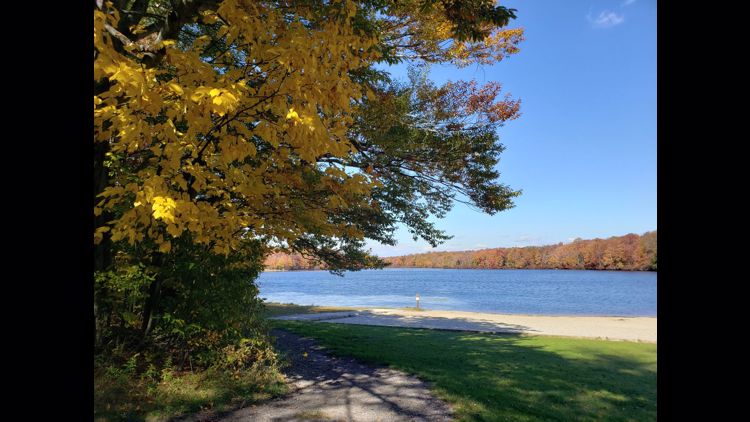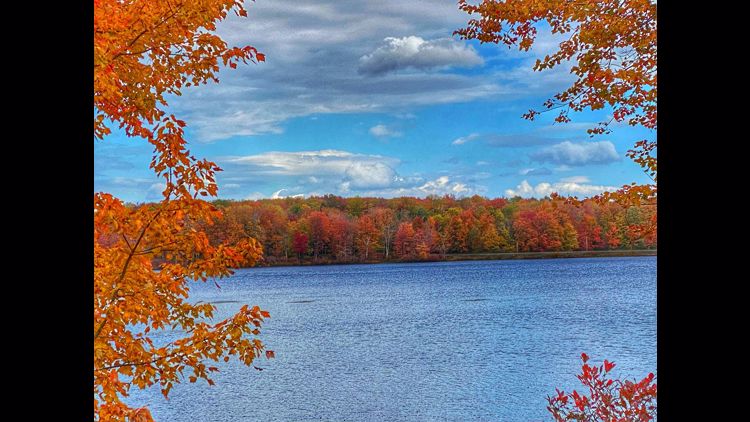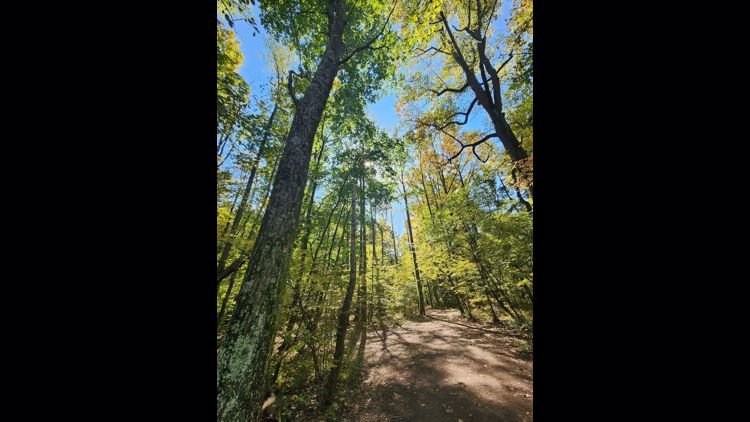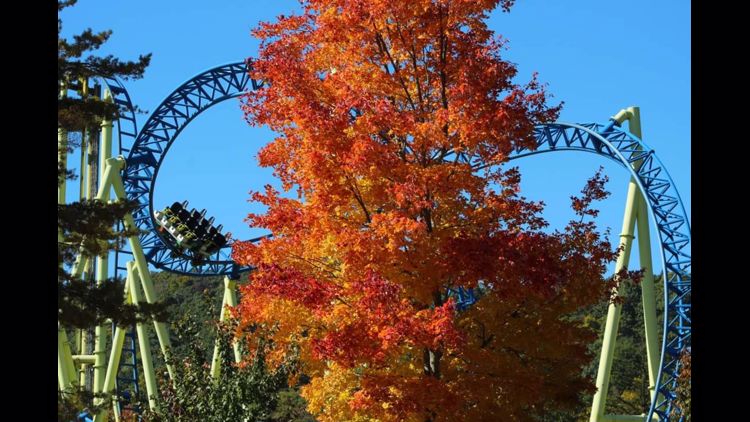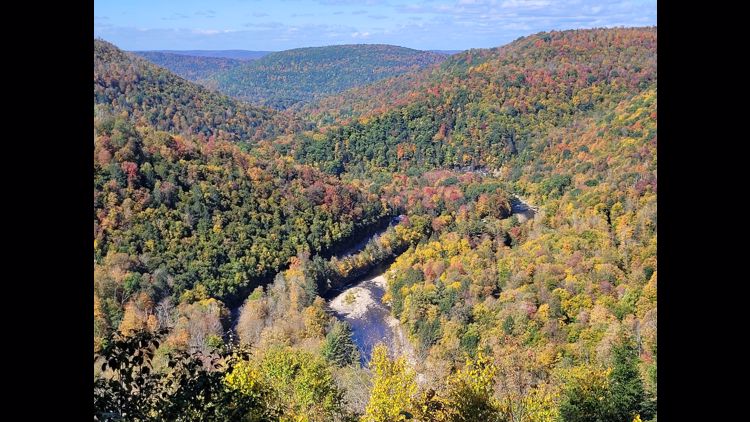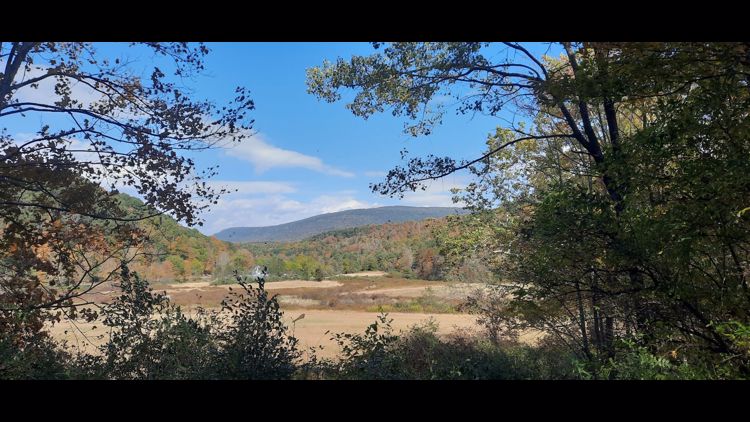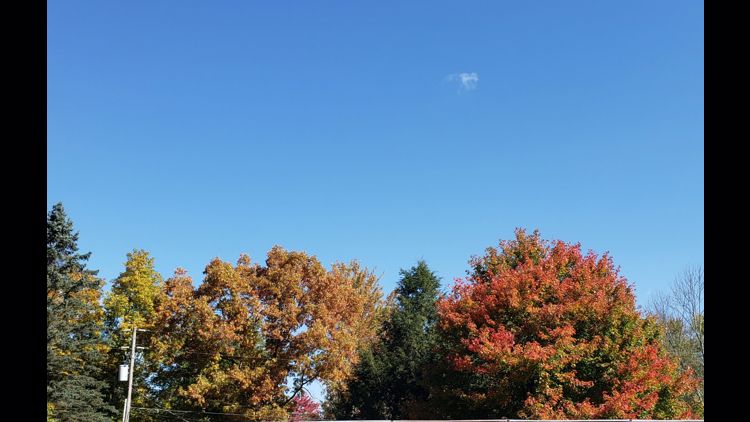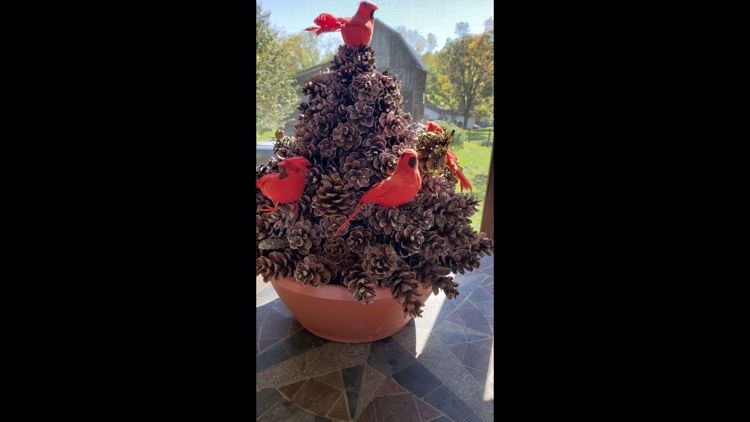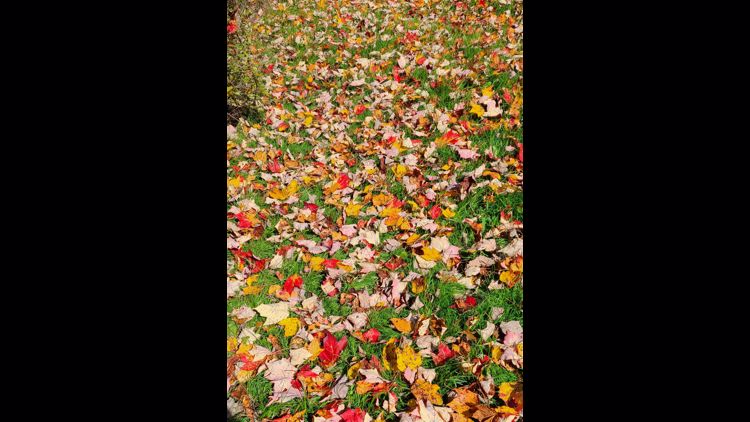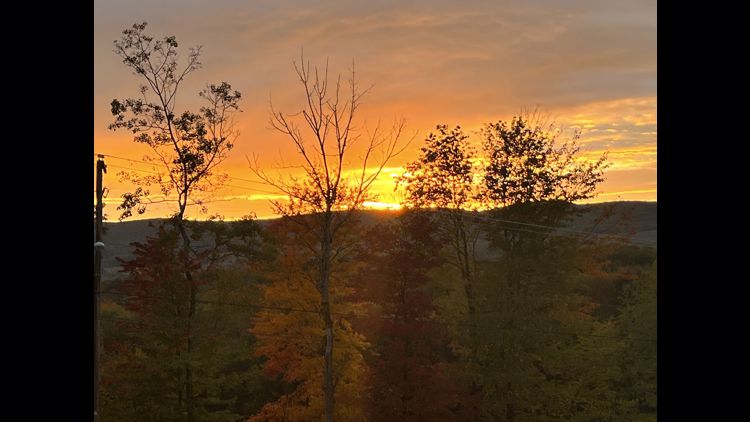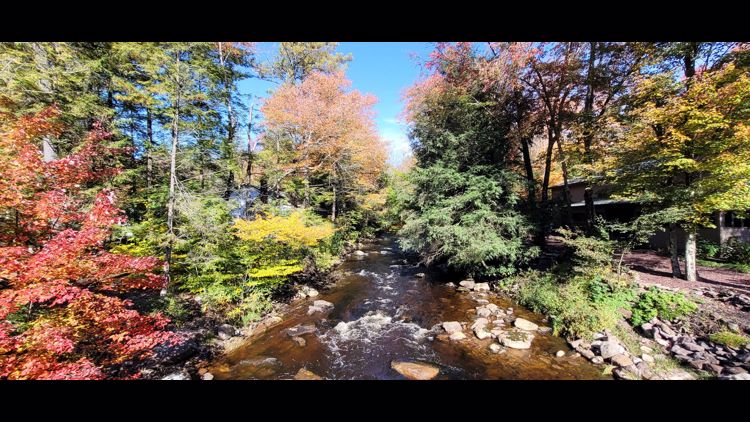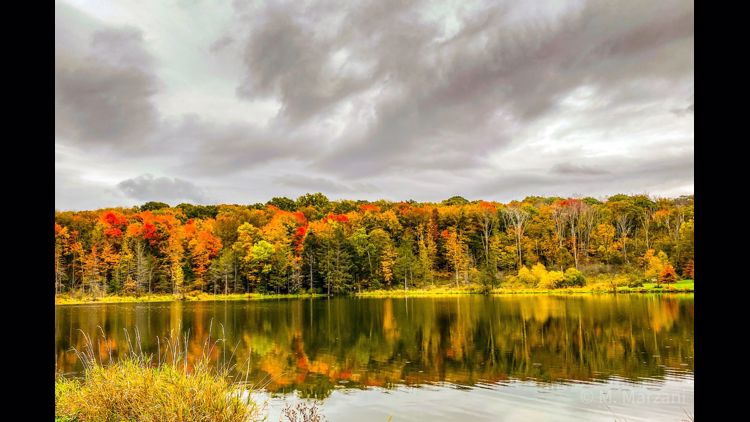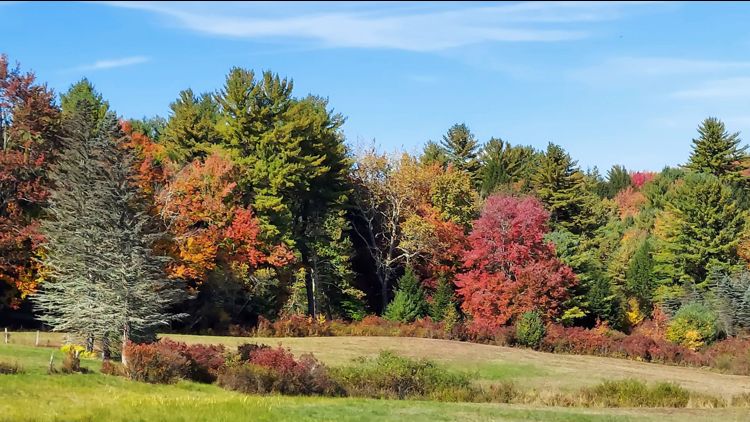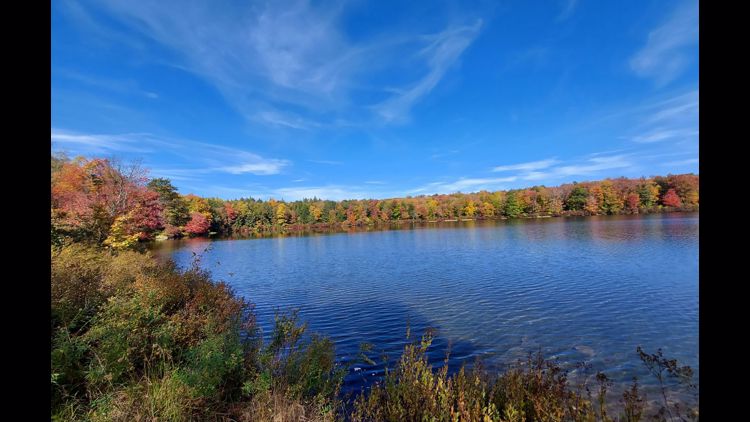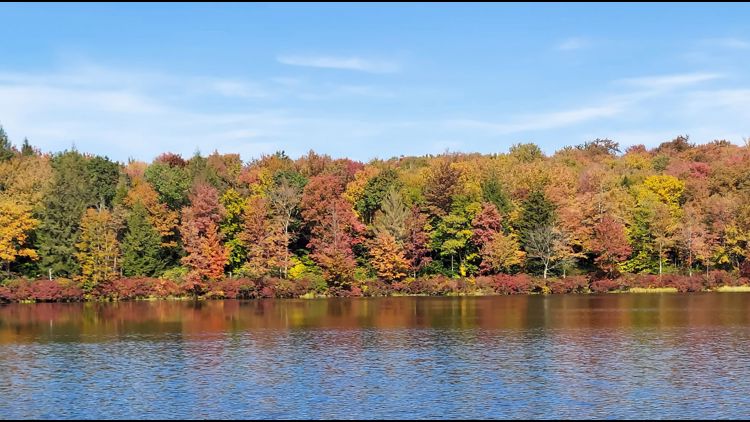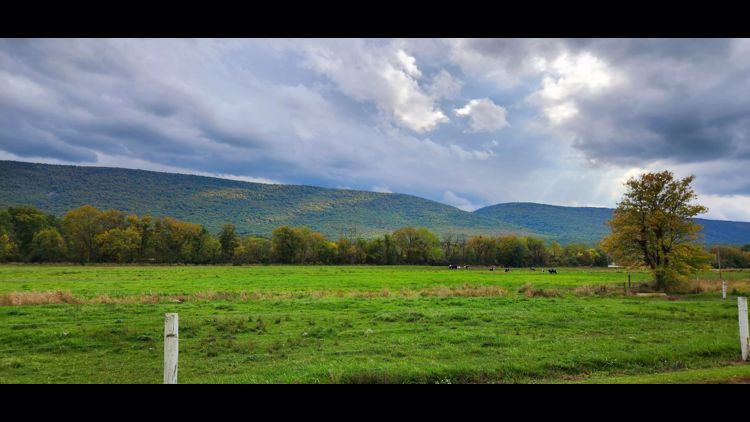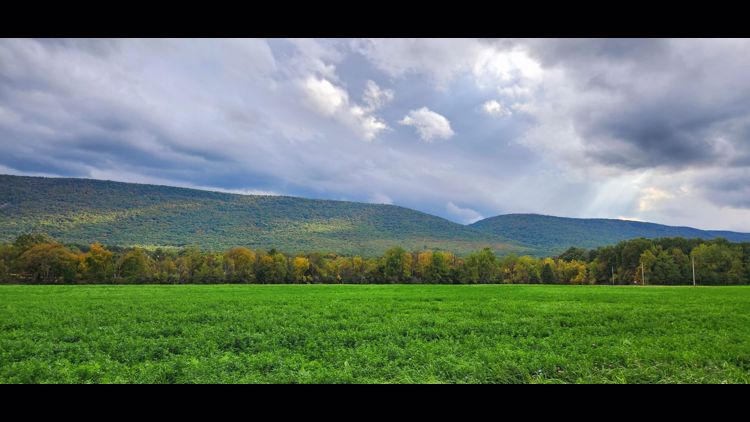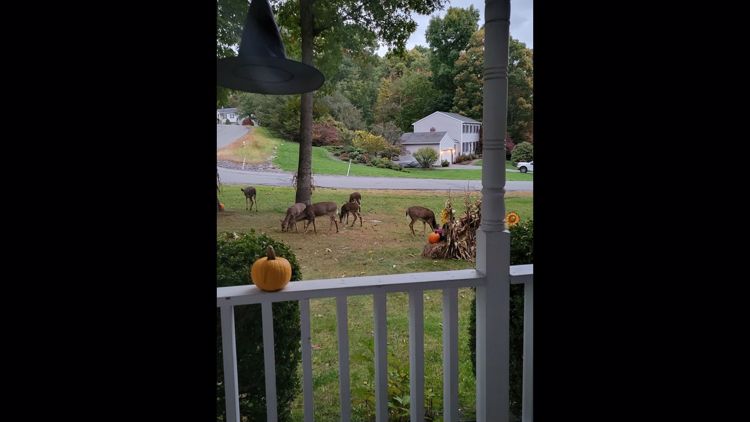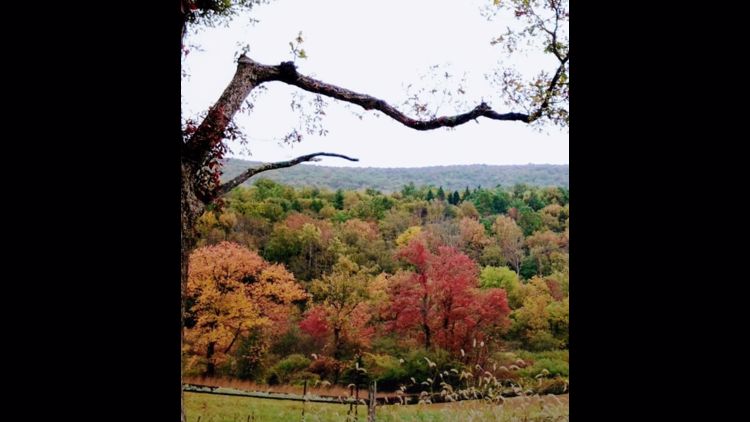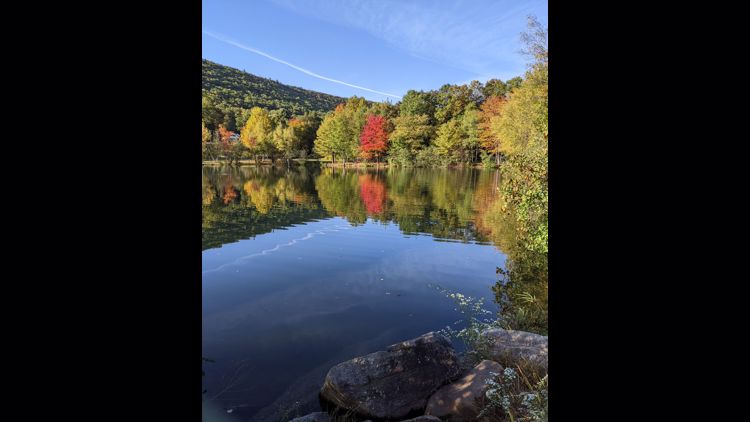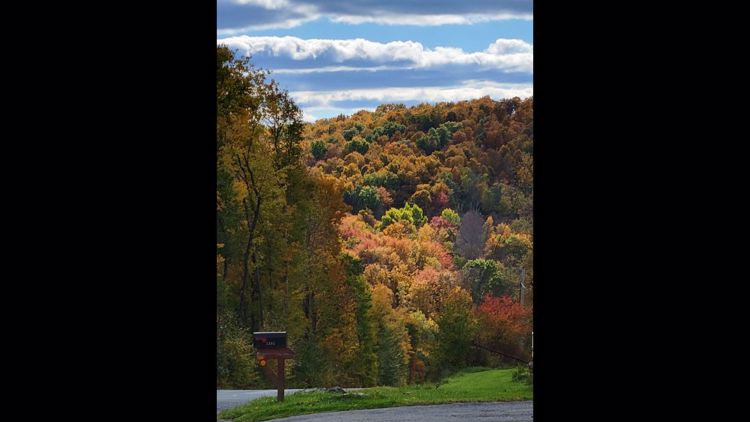When and where to spot the best fall foliage in Pennsylvania
Fall colors are starting to pop up in Pennsylvania. Here's how to keep track of the colors of autumn.
Greg Socha

As the weather cools down, the leaf colors heat up.
Pennsylvania's Department of Conservation and Natural Resources (DCNR) is now releasing weekly fall foliage reports for 2022.
Earlier sunsets and cool fall nights led to changing leaves, and Pennsylvania has some of the best fall foliage shows in the country.
According to DCNR, only three regions of the world support deciduous forests that display fall-autumn color:
- Eastern North America
- The British Isles and parts of northwestern Europe
- Northeastern China and northern Japan
So take note and get out and enjoy the fall foliage while you can!
Submit your fall foliage Here's how to submit your fall foliage photos
If you would like to see your fall foliage photos on WNEP's website, submit your photo using the submission link on the WNEP App homepage or by tapping the 'Share with Us' button in the Near Me section of the WNEP App.
Fall foliage photos can be found on the Near Me section of the WNEP website. Just make sure to select 'Fall Foliage Gallery' in the first drop-down menu.
Fall Foliage Maps Here's how to read and how to find fall foliage maps
To predict peak season from the colors on the DCNR's maps, use these guidelines:
- Dark Green/No Change= peak is three weeks to a month away
- Light Green/Starting to Change= peak is approximately two to three weeks away
- Yellow/Approaching Best Color= peak is approximately one week away
- Orange/Best Color= foliage is peaking this week
- Red/Starting to Fade= still some nice color but won’t last more than a few more days
- Brown/Past Peak= all or nearly all color is gone
For a fall foliage prediction map, check out this one from the Smoky Mountains National Park website.
Where do autumn colors come from? Why do leaves change color?
Why do leaves change color?
Information is courtesy DCNR.
For years, scientists have worked to understand the changes that happen to trees and shrubs in autumn. Although we don't know all the details, we know enough to explain the basics and help you to enjoy nature's multicolored autumn display.
Three factors influence autumn color — leaf pigments, length of night, and weather, but not quite in the way we were told as children. The timing of color change and leaf fall are primarily regulated by the increasing length of night.
None of the other environmental influences-temperature, rainfall, food supply, and so on-are as unvarying as the steadily increasing length of night during autumn. As days grow shorter and nights grow longer and cooler, biochemical processes in the leaf begin to paint the landscape with nature's autumn palette.
Where do autumn colors come from?
Information is courtesy DCNR.
A color palette needs pigments. These molecules capture energy from sunlight to power the chemical reactions that convert water and carbon dioxide into sugars— photosynthesis. Trees in temperate zones store these sugars for their winter dormant period.
Three major pigment types are involved in the production of autumn color.
- (GREEN) Chlorophyll is the most abundant pigment. It absorbs red and blue light and reflects green, giving leaves their basic color and masking lighter shades.
- (YELLOW) Carotenoids, (carotene and xanthophylls) reflect orange, yellow and brown colors in corn, carrots, buttercups and bananas. The clear yellow of tuliptree leaves and the russets shades of oaks are due to carotenoids.
- (RED) Anthocyanins give red, blue and purple colors to cranberries, apples, grapes, berries, cherries, and plums, depending on their acidity. They are water-soluble and dissolve in the fluids of leaf cells.
For more information about leaves changing, check out this PDF.
Fall Foliage Photo Gallery 2022
Fall Foliage Photo Gallery 2022
Check out some fall weather safety tips from the Stormtracker 16 team.


